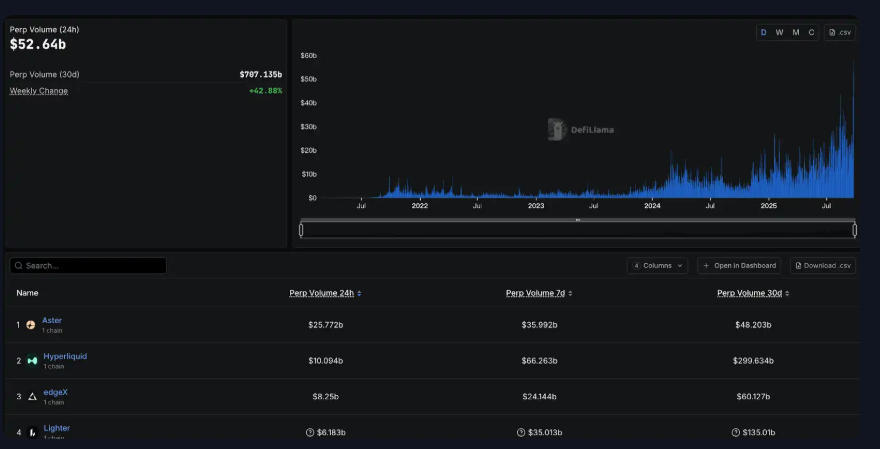
On September 17th, the U.S. Securities and Exchange Commission (SEC) took a landmark step by approving the “Generic Listing Standards” for cryptocurrency exchange-traded products (ETPs), accelerating their entry into public markets. This development marks a revolutionary shift in how cryptocurrency ETPs are regulated, offering a streamlined approval process that could lead to a dramatic surge in listings within the next few months.
A Game-Changing Approach: From Case-by-Case Approval to “One-Click” Listings
Previously, the process of launching a cryptocurrency ETP was complex, costly, and fraught with regulatory hurdles. Each new asset had to undergo a separate approval process where issuers needed to prove that the asset had sufficient market liquidity and was free from manipulation. The SEC’s review process often lasted up to 270 days, making it a lengthy and uncertain endeavor for issuers.
The introduction of the Generic Listing Standards represents a game-changing shift in this process:
- Simplified and Accelerated Process: Under the new guidelines, ETPs that meet certain SEC requirements will almost automatically be approved, drastically shortening the timeline for approval to as little as 75 days or less.
- No More 19b-4 Filings: Cryptocurrencies that meet the criteria no longer need to submit the 19b-4 form to be listed. This reduction in paperwork eliminates one of the major barriers to market entry.
The new guidelines are set to unlock the potential for a wide range of crypto ETPs to be listed on regulated platforms, with the approval of major players such as Grayscale’s Digital Large Cap Fund already underway.
Crypto ETP Explosion: A Historical Parallel
According to Matt Hougan, Chief Investment Officer of Bitwise, the adoption of these new standards is expected to spark an explosion in the number of cryptocurrency ETPs. Drawing a comparison to the traditional exchange-traded funds (ETFs), Hougan pointed out that the SEC’s 2019 approval of generic standards for stock and bond ETPs led to a threefold increase in the number of ETFs launched annually—from 117 to 370.
Crypto Market Outlook:
This trend is expected to be replicated in the cryptocurrency space. Altcoins like Solana, XRP, Chainlink, Cardano, Avalanche, and Polkadot, which already meet the futures contract criteria, are poised to see their own ETPs listed. This surge in listings will draw in a wave of traditional asset management companies, further cementing cryptocurrency’s role in the global financial ecosystem.
Macroeconomic Factors: A Double Boost for Crypto ETPs
The SEC’s approval of the new listing standards comes at a time when the broader macroeconomic environment is shifting in favor of risk assets like cryptocurrencies:
- Federal Reserve’s Policy Shift: On the same day as the SEC announcement, the U.S. Federal Reserve signaled a change in its monetary policy, announcing a rate cut. Chairman Jerome Powell called it a “risk-managed rate cut,” stating that the labor market no longer required additional cooling. This marked a pivot in the Fed’s focus from controlling inflation to supporting employment, signaling the start of a period of looser monetary policy and increased liquidity.
- Liquidity Boost for Cryptocurrencies: This rate cut is expected to release more capital into the market, which could flow into riskier assets like cryptocurrencies. The new ETP standards offer an efficient channel for traditional investors to access this influx of liquidity.
The Impact on Crypto Asset Prices
Despite some concerns, Matt Hougan’s report suggests that the introduction of ETPs won’t automatically result in a flood of capital into the crypto market. However, it creates the necessary conditions for a dramatic influx of funds once certain fundamental factors align.
- Opening the Floodgates for Traditional Capital: The vast majority of global capital is controlled by traditional institutional investors. With the launch of crypto ETPs, these investors can now access cryptocurrencies through familiar brokerage accounts, bypassing the need to manage complex wallets or private keys.
- Demystifying Crypto for the Masses: By converting cryptocurrencies into exchange-traded products, the ETP framework removes much of the “mystique” surrounding crypto. This opens the door for more conservative investors to see assets like Chainlink, stablecoins, and decentralized finance (DeFi) products as legitimate investments.
- A Reservoir for Capital: The introduction of ETPs can be likened to creating a massive reservoir for capital. As the fundamentals of specific crypto assets—such as the activity on Solana or the growth of the Ethereum ecosystem—improve, the capital held in ETPs can flood into the market, leading to rapid price appreciation.
Conclusion: A New Era for Cryptocurrencies
The SEC’s removal of regulatory roadblocks, combined with the Federal Reserve’s dovish stance on interest rates, signals the beginning of a new era for cryptocurrencies. The upcoming “ETP explosion” is set to unleash a wave of innovation and capital into the crypto market, accelerating the mainstream adoption of digital assets.
With the new listing standards, coupled with favorable macroeconomic trends, the market is poised to witness significant growth. As the World Blockchain Association has highlighted, these developments will not only boost the legitimacy and accessibility of crypto assets but also serve as a catalyst for the continued evolution of the global financial system.
About the World Blockchain Association
The World Blockchain Association (WBA) is a global organization dedicated to advancing knowledge, policy dialogue, and innovation in blockchain and digital finance. As a leader in the blockchain and cryptocurrency space, the WBA provides stakeholders with trusted insights at the intersection of technology, regulation, and global economic trends through research, reporting, and thought leadership.
Website: WorldBlockchainAssociation.org
Email: TheWorldBlockchainAssociation@gmail.com







